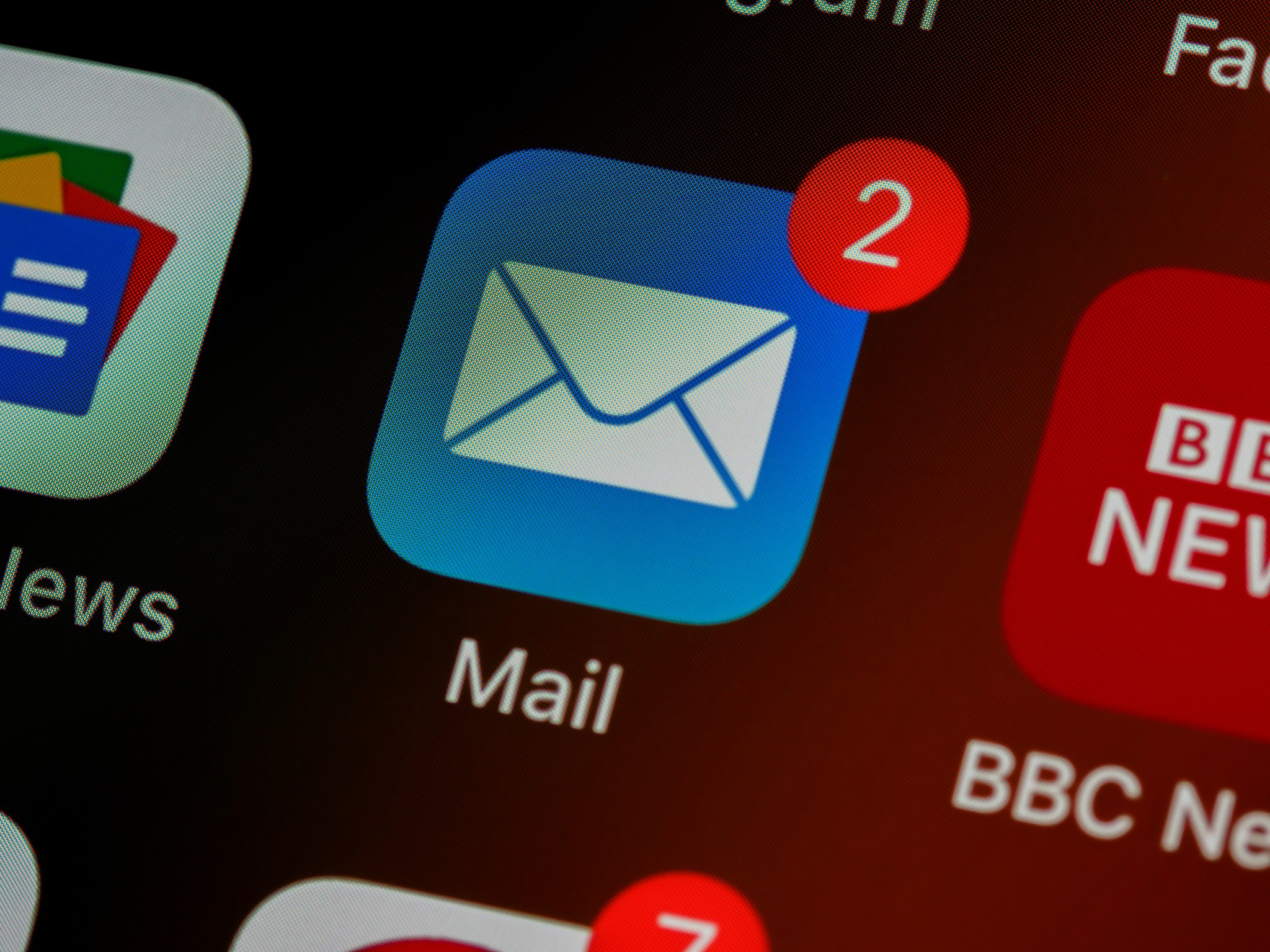Email Marketing: Unlocking the Power of Personalized Communication
This article explores the power of email marketing as a tool for personalized communication and offers strategies for unlocking its full potential.
In today's digital landscape, where consumers are inundated with promotional messages and advertisements, email marketing remains one of the most effective tools for businesses to connect with their audience on a personal level. With its ability to deliver targeted, timely messages directly to subscribers' inboxes, email marketing offers unparalleled opportunities for brands to engage with their customers, nurture leads, and drive conversions. In this article, we'll explore the power of email marketing and share strategies for unlocking its full potential through personalized communication.
The Benefits of Email Marketing
Email marketing offers several distinct advantages over other marketing channels:
Direct Communication: Email allows businesses to communicate directly with their audience, bypassing the noise of social media feeds and search engine results pages.
Targeted Messaging: With email segmentation and personalization, businesses can tailor their messages to specific segments of their audience, increasing relevance and engagement.
Cost-Effectiveness: Compared to traditional advertising channels, email marketing is highly cost-effective, offering an excellent return on investment (ROI) for businesses of all sizes.
Measurability: Email marketing platforms provide robust analytics and reporting capabilities, allowing businesses to track opens, clicks, conversions, and other key metrics to measure the success of their campaigns.
Understanding Your Audience and Goals
Before launching an email marketing campaign, it's crucial to understand your audience's preferences, behaviors, and needs. Who are your subscribers? What are their interests and pain points? By segmenting your email list and personalizing your messages based on subscriber data, you can deliver more relevant and compelling content that resonates with your audience.
Additionally, defining clear goals for your email marketing efforts is essential for guiding your strategy and measuring success. Whether your goal is to increase website traffic, generate leads, promote a product or service, or nurture customer relationships, having a clear objective will help you focus your efforts and track your progress over time.
Developing an Email Marketing Strategy
A successful email marketing strategy begins with careful planning and strategic execution. Here are some key steps to consider:
Build Your Email List: Start by building a quality email list of subscribers who have opted in to receive communications from your brand. Offer incentives such as exclusive content, discounts, or freebies to encourage sign-ups.
Segment Your Audience: Divide your email list into segments based on factors such as demographics, purchase history, engagement level, and interests. This allows you to send more targeted and relevant messages to each segment of your audience.
Create Compelling Content: Develop high-quality, engaging content that provides value to your subscribers. This could include informative blog posts, product updates, special offers, customer testimonials, and educational resources.
Personalize Your Messages: Use merge tags and dynamic content to personalize your emails with subscribers' names, preferences, and past interactions. Personalization helps increase open rates, click-through rates, and conversions.
Optimize for Mobile: With the majority of email opens now occurring on mobile devices, it's essential to optimize your emails for mobile responsiveness. Use a mobile-friendly design and test your emails across different devices and email clients to ensure they render correctly.
Test and Iterate: Continuously test different elements of your email campaigns, including subject lines, send times, calls to action, and content formats. Analyze the results and make data-driven optimizations to improve performance over time.
Leveraging Email Automation
Email automation allows businesses to send timely, relevant messages to subscribers based on predefined triggers or actions. Automation workflows can include welcome emails, abandoned cart reminders, birthday greetings, re-engagement campaigns, and more. By automating repetitive tasks and delivering personalized messages at scale, businesses can streamline their email marketing efforts and drive better results.
Measuring Success and Iterating Your Strategy
Measuring the success of your email marketing campaigns is essential for understanding what's working and what's not. Key performance indicators (KPIs) to track may include open rates, click-through rates, conversion rates, unsubscribe rates, and revenue generated. Use these insights to iterate your strategy, experiment with different tactics, and continually optimize your campaigns for better results.
Conclusion
Email marketing remains one of the most powerful tools in the marketer's toolbox, offering unparalleled opportunities for personalized communication, audience engagement, and measurable results. By understanding your audience, setting clear goals, and developing a strategic email marketing plan, you can unlock the full potential of email marketing and drive meaningful results for your business.
So, whether you're looking to acquire new customers, nurture leads, promote products or services, or build customer loyalty, email marketing has the power to help you achieve your marketing objectives and grow your business in today's competitive landscape.




